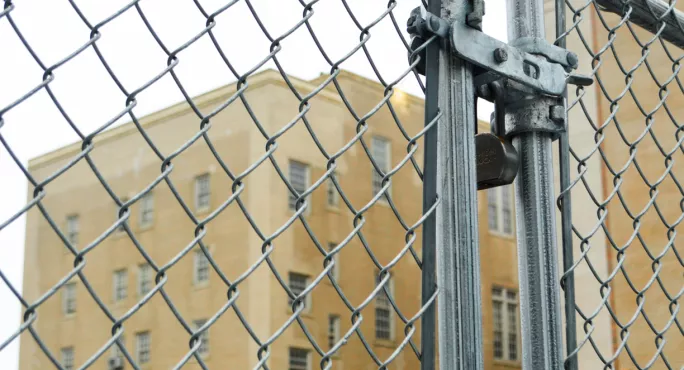- Home
- Revealed: The new Covid contingency plans for schools
Revealed: The new Covid contingency plans for schools

A new Covid-19 contingency framework for schools will cut out rotas and introduce priority attendance for exam groups, new documents reveal.
Guidance released by the Department for Education this afternoon replaces its four-tiered system for keeping schools open, which was introduced at the beginning of this academic year but has remained largely unused.
The new guidance confirms the news revealed by Tes earlier this week that school rotas are to be banned under new plans for central government to take control of contingency measures for keeping children in education.
Exclusive: Covid school rotas banned, as DfE ends tiers
Coronavirus: Use rotas to halt ‘alarming’ Covid rise, say teachers
Headteachers: Schools should decide on rotas, not Whitehall
For secondary schools, implementation of the contingency framework will mean they should “only allow vulnerable children, children of critical workers, pupils in Years 11 and 13 and other pupils due to take external exams this academic year, to attend.”
Coronavirus: New guidance for keeping schools open
For primary schools, however, it says all children will continue to attend if the contingency framework is implemented, or “in the very unlikely event that evidence supports limiting attendance”, only vulnerable pupils and the children of key workers will be allowed on site.
The department said the framework is designed to act as a “containment measure” where:
- there is extremely high prevalence of the coronavirus.
- other measures have already been implemented.
Schools have been told that they must not implement any of the restrictive measures without “explicit agreement” with the DfE.
The department has stressed that the framework is designed “as a means of reducing transmission within settings and the wider community”.
This means it “should not be used to address operational challenges, including staff shortages”, the guidance states.
In the event that schools encounter capacity problems, the DfE said they can consider options including:
- Using staff, such as trainees, more flexibly.
- Using supply staff.
-
Recruiting both permanent and short-term staff via the Teaching Vacancies Service.
In a statement issued this afternoon, the DfE said: “The framework is not a guide to operational management of education in local areas or individual education settings.
“The government hopes never to have to implement the restrictions set out in the framework. Any implementation remains a decision for central government, working closely with local leaders, and would only come as a last resort to control extremely high prevalence of the virus if all other measures had been exhausted.”
The guidance adds that the framework is “not directly linked to policy on local restriction tiers” - referring to the government’s reformed triple-tier national system, announced yesterday.
Extra school ‘workforce funding’
“Unless advised otherwise, all settings should continue to operate as normal irrespective of local restriction tier, and all children and pupils should continue to attend unless they are required to self-isolate,” it states.
Paul Whiteman, general secretary of school leaders’ union NAHT, said: “Keeping schools open is the right priority, but achieving that successfully rests not so much with ministers, but on the shoulders of school leaders and their teams. With that in mind, the government should listen to what the profession is telling them.
“Throughout the pandemic schools have worked with constantly changing government guidance which has moved the goal-posts time and time again. Today is the latest example.
“It is enormously frustrating for schools which worked in good faith to develop detailed plans based on the tiered approach they were given earlier this term only to be told to disregard what they have done and to start all over again.
“The system, and the people who work in it are under unsustainable pressure. Much has been made in recent days of the freedom to use rotas in schools in order to keep learning going in the areas most heavily affected by Covid.
“If leaders in those areas believe that they need the freedom to exercise some flexibility in how they maintain the highest quality education in their schools, then, at the very least, the government should listen to their professional judgement.”
Education secretary Gavin Williamson said: “Keeping schools and colleges open is a national priority, which is why I am launching the Covid workforce fund, to support schools and colleges facing significant budget pressures and staff absences.
“This new funding comes on top of our funding for schools facing exceptional costs during the summer months, the £1 billion Covid catch-up fund to help all children make up for lost learning, and the core school funding that is seeing the biggest increase in a decade.
“I know how hard school and college staff and leaders have worked over the past nine months, and I want to once again thank everyone working in education for going above and beyond while we continue to deal with the extra pressures caused by the pandemic.”
Keep reading for just £1 per month
You've reached your limit of free articles this month. Subscribe for £1 per month for three months and get:
- Unlimited access to all Tes magazine content
- Exclusive subscriber-only stories
- Award-winning email newsletters



